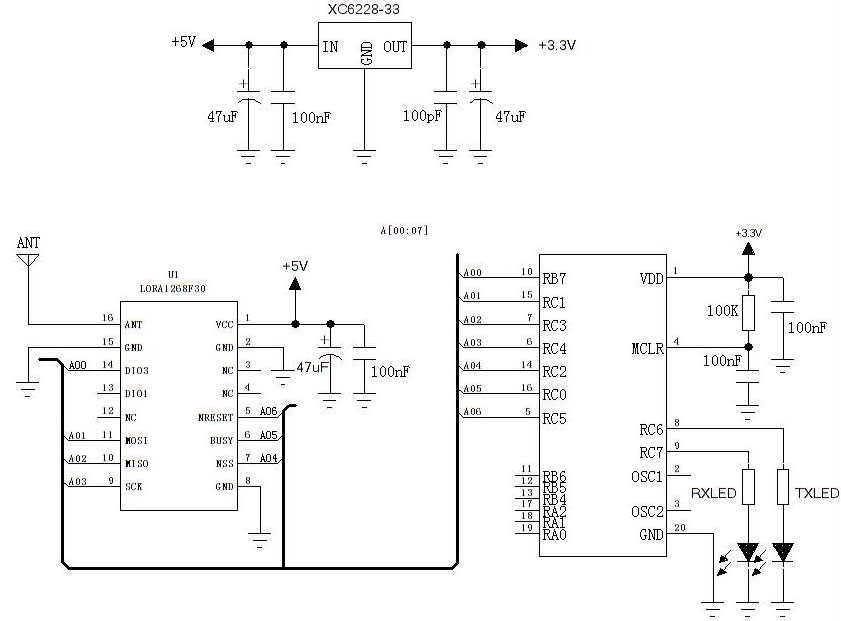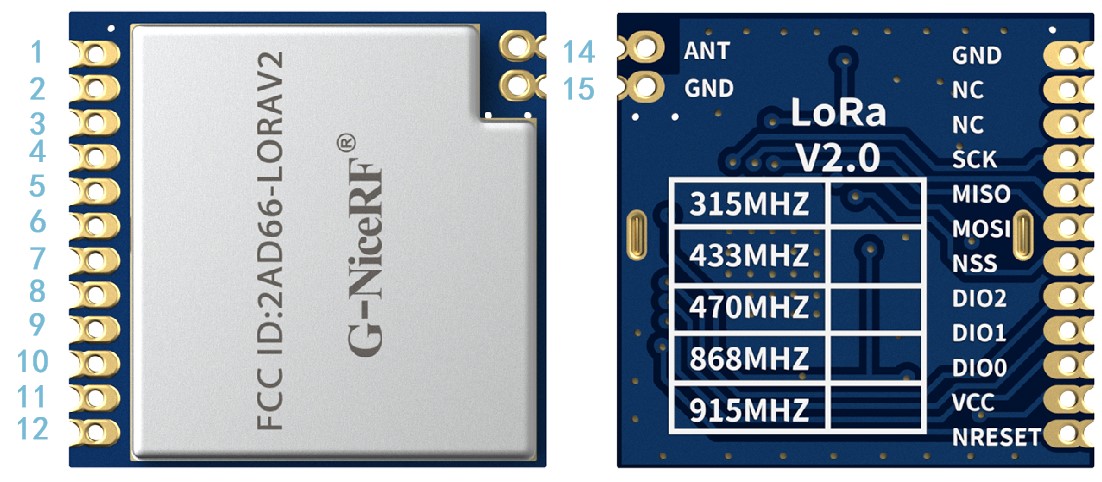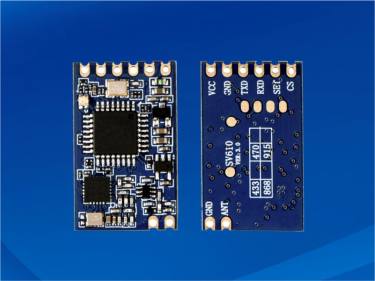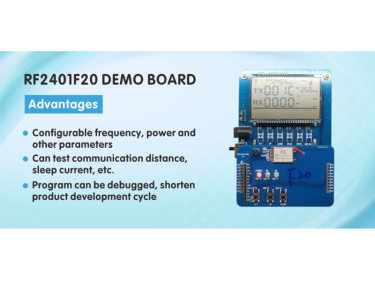The influence of current parameters on the wireless module
The current parameter is a very important parameter in the wireless module, and users who are not familiar with the product can easily ignore it. This article focuses on the analysis of the current parameters of the wireless module, hoping to help the majority of users. Wireless module current parameters are generally divided into three types, transmitting current, receiving current, and sleep current. The transmitting and receiving currents are generally calculated in milliampere (mA) units, and the sleep current is calculated in microamperes (uA) units.
Emission current
Transmitting current refers to the current consumption generated by the wireless module every time it transmits data. The transmission current is determined according to the power of the wireless module. The greater the transmission power, the more transmission current consumption is required; on the contrary, the less transmission current consumption is required. Nowadays, many wireless modules are powered by batteries, so if we choose a wireless module with a large transmitting current, the working time of the entire system will be shortened. If conditions permit, properly lower the transmit power of the wireless module, and the system will work longer.
Receive current
The receiving current refers to the working current generated when the wireless module is in the receiving state. The received current is linked to the power consumption in the industry. The lower the receiving current, the lower the power consumption. So when we evaluate the power consumption of a certain module, just look at its receiving current. The level of the received current can directly affect the operating time of the entire system.
Sleep current
Sleep current refers to the current consumption of the wireless module when it is not working. Although the sleep current is usually at the uA level, this parameter is also important for battery-powered systems.
There are generally two working modes of wireless modules. One is to set one module as a transmitter (only responsible for transmitting), and the other modules as a receiver (only responsible for receiving). In this mode, we can choose a high-powered one. Modules with very low receiving current, such as LoRa1268F30 module, the power is as high as 33dBm, but the receiving current is only 5mA, the sleep current is less than 2uA; we only need to ensure that the transmitter has a stable power supply, this system can work very well For a long time.

There is another working mode. When the receiver also needs to return data, the power of the receiver must be adjusted higher, otherwise the transmitter will not receive the returned data, so the current consumption will increase correspondingly. If the system requires a long working time and the device does not have a stable power supply, it is recommended to choose a module with lower power and low power consumption, such as LoRa1268 module, 160mw power, transmission current 110mA, receiving current 5mA, and the minimum sleep current is 0.9 uA.
However, in the end, we need to consider more aspects when choosing a wireless module. The actual situation of each project is different. This is the end of the sharing of this article, I hope to help the majority of users.
 +86-755-23080616
+86-755-23080616
 sales@nicerf.com
sales@nicerf.com
Website: https://www.nicerf.com/
Address: 309-314, 3/F, Bldg A, Hongdu business building, Zone 43, Baoan Dist, Shenzhen, China




